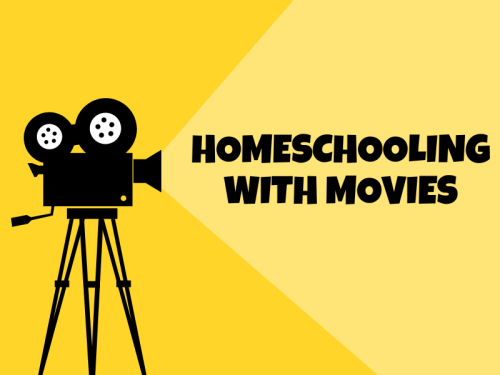I've come to believe that if a child is struggling with memorizing spelling words, she might also have difficulty with reading – and vice versa. At least this seemed to be the case with my Title 1 students (K-7th grade children who were doing poorly in reading, but who did not qualify for special education). A quick, informal review of their writing often revealed a lack of understanding of the relationship between letters in the word and how the word sounded. I noted that many of my students omitted letters, reversed them, or inserted extra consonants, such as “l”, “r”, “n,” and final “e” in words. It was apparent to me that these children didn't have a basic understanding of the relationship between sound and symbol, of the construction of words, or of spelling patterns that carry over from word to word. All of this is essential to reading.
WHY TEACH SOUND SPELLING PATTERNS?
Because our sessions were limited to 20-30 minutes 2-3 times a week, I decided to systematically teach
It looked like I was teaching spelling because we had lists of words we studied each week, but what we studied resulted in dramatically raising the students’ reading scores by spring, because as the students learned the basics of word construction, and the ways to spell the sounds they heard, they were better equipped to decipher larger, unknown words, the sounds in our language (40-45 or so, depending on which list you choose) one sound at a time, and all the ways you can spell each sound.
FROM SMALL WORDS TO LARGE WORDS
Here is another example of how the words may become more lengthy or complicated, but even a young child who understands sounds and their spellings in small words can apply that knowledge to large, unknown words.
SO WHERE DOES SIGHT WORD ACQUISITION FIT?
For right brained learners, visual learners, etc., I strongly believe learning sight words is critical because these children frequently need to understand words and their purpose before they can begin the process of analyzing the structure of words as in our discussion above. Alphabet resources are great for learning the basic sounds. Sight words cards make the acquisition of the most frequently used words simple, while the teaching of sound spelling patterns closes the circle on helping your learners achieve success in reading.
Sarah Major, CEO of Child1st Publications, grew up on the mission field with her four siblings, all of whom her mother homeschooled. As an adult, Sarah has homeschooled a small group of children in collaboration with their parents, and has taught from preschool age to adult. Sarah has been the Title 1 director and program developer for grades K-7, an ESOL teacher, and a classroom teacher. As an undergraduate student, Sarah attended Wheaton College in Wheaton, Ill. and then received her M.Ed. from Aquinas College in Grand Rapids, MI. In 2006 Sarah resigned from fulltime teaching in order to devote more time to Child1st, publisher of the best-selling SnapWords™ stylized sight word cards. In her spare time Sarah enjoys gardening, cooking, pottery, quilting, and spending time with her family.
Child1st Publications, LLC
www.child1st.com
800-881-0912
WHY TEACH SOUND SPELLING PATTERNS?
Because our sessions were limited to 20-30 minutes 2-3 times a week, I decided to systematically teach
It looked like I was teaching spelling because we had lists of words we studied each week, but what we studied resulted in dramatically raising the students’ reading scores by spring, because as the students learned the basics of word construction, and the ways to spell the sounds they heard, they were better equipped to decipher larger, unknown words, the sounds in our language (40-45 or so, depending on which list you choose) one sound at a time, and all the ways you can spell each sound.
FROM SMALL WORDS TO LARGE WORDS
Here is another example of how the words may become more lengthy or complicated, but even a young child who understands sounds and their spellings in small words can apply that knowledge to large, unknown words.
SO WHERE DOES SIGHT WORD ACQUISITION FIT?
For right brained learners, visual learners, etc., I strongly believe learning sight words is critical because these children frequently need to understand words and their purpose before they can begin the process of analyzing the structure of words as in our discussion above. Alphabet resources are great for learning the basic sounds. Sight words cards make the acquisition of the most frequently used words simple, while the teaching of sound spelling patterns closes the circle on helping your learners achieve success in reading.
Sarah Major, CEO of Child1st Publications, grew up on the mission field with her four siblings, all of whom her mother homeschooled. As an adult, Sarah has homeschooled a small group of children in collaboration with their parents, and has taught from preschool age to adult. Sarah has been the Title 1 director and program developer for grades K-7, an ESOL teacher, and a classroom teacher. As an undergraduate student, Sarah attended Wheaton College in Wheaton, Ill. and then received her M.Ed. from Aquinas College in Grand Rapids, MI. In 2006 Sarah resigned from fulltime teaching in order to devote more time to Child1st, publisher of the best-selling SnapWords™ stylized sight word cards. In her spare time Sarah enjoys gardening, cooking, pottery, quilting, and spending time with her family.
Child1st Publications, LLC
www.child1st.com
800-881-0912





